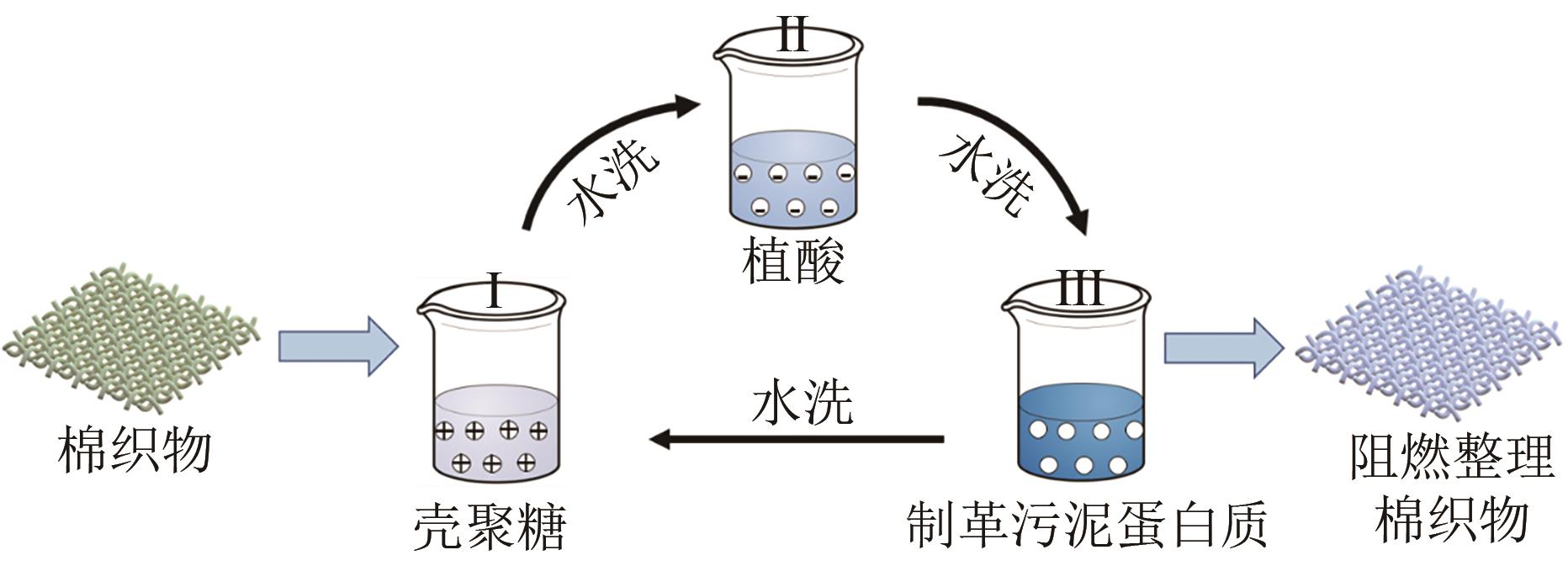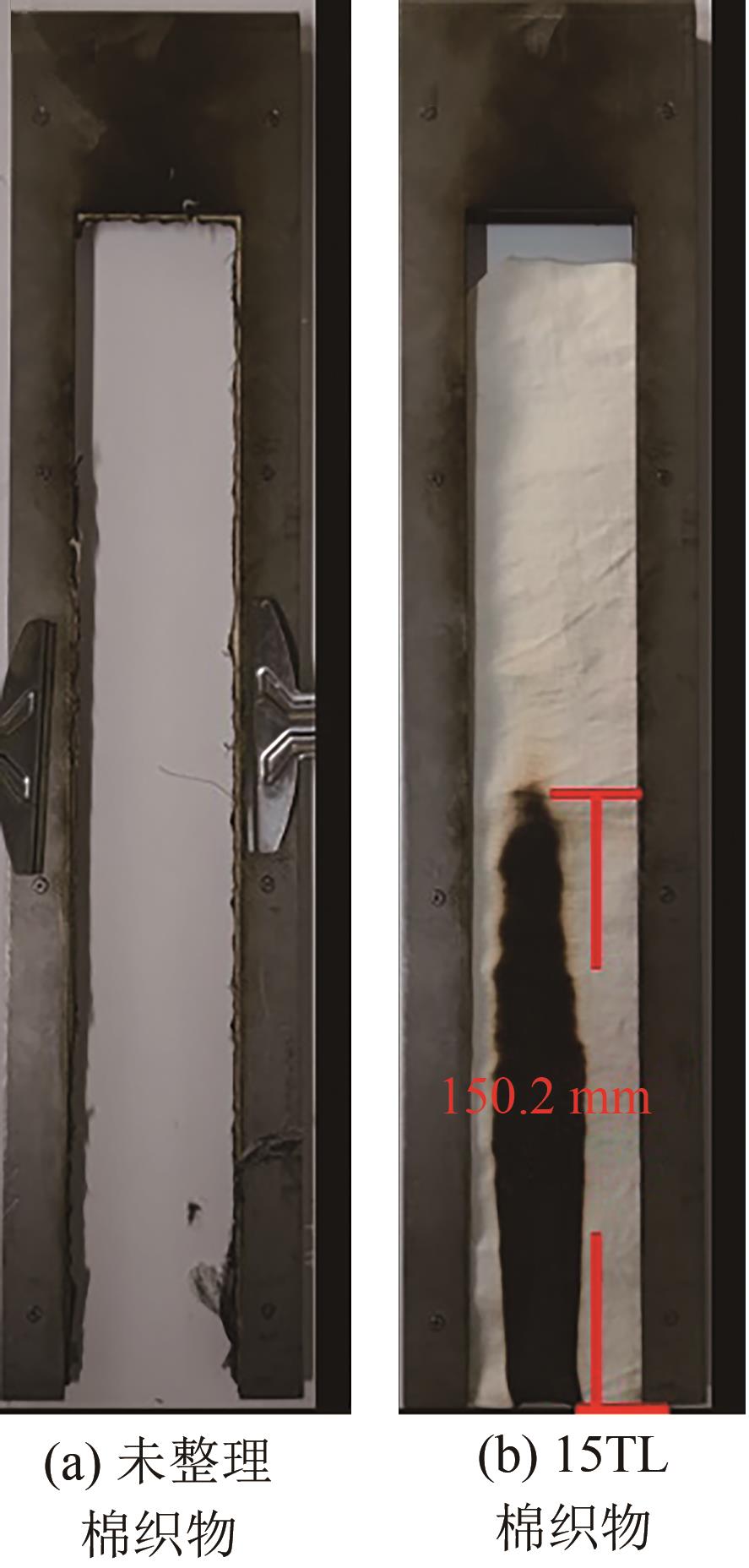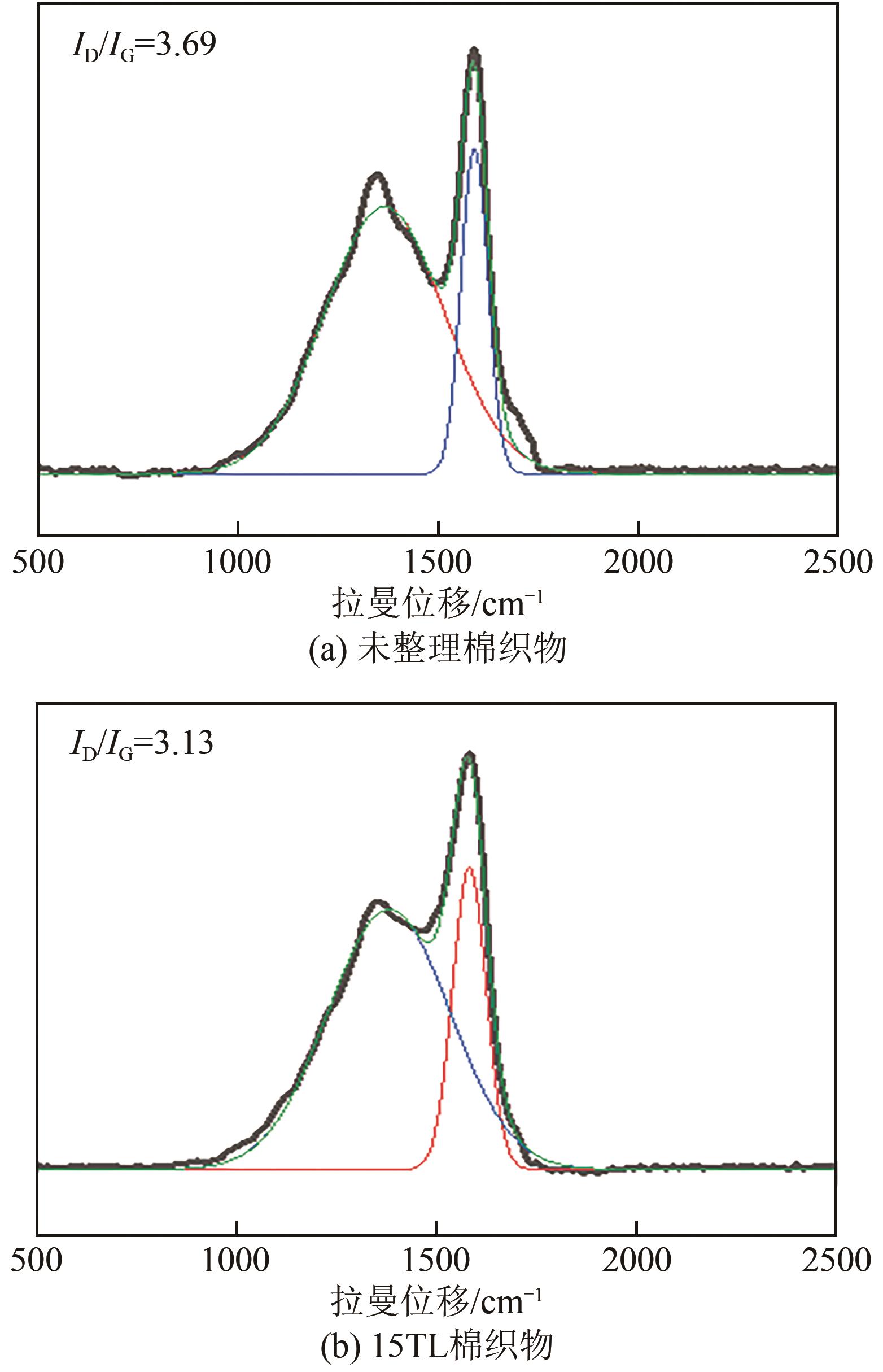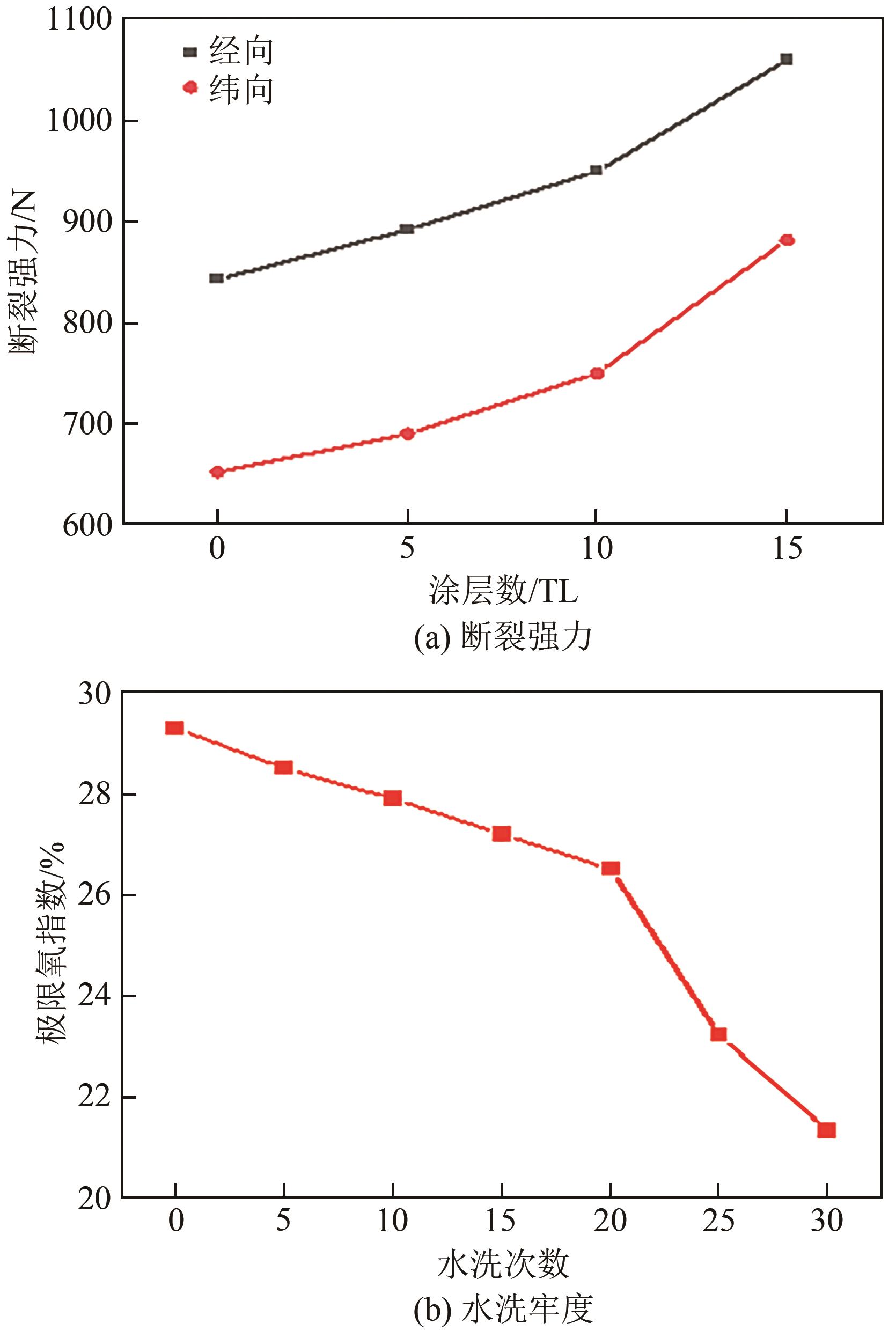| 1 |
ZHAI Shimin, XIONG Yonghui, LI Min, et al. Roles of hydrothermal-alkaline treatment in tannery sludge reduction: Rheological properties and sludge reduction mechanism analysis[J]. RSC Advances, 2020, 10(24): 14291-14298.
|
| 2 |
ZHAI Shimin, LI Min, XIONG Yonghui, et al. Dual resource utilization for tannery sludge: effects of sludge biochars (BCs) on volatile fatty acids (VFAs) production from sludge anaerobic digestion[J]. Bioresource Technology, 2020, 316: 123903.
|
| 3 |
XU Qiuxiang, LIU Xuran, WANG Dongbo, et al. Enhanced short-chain fatty acids production from waste activated sludge by sophorolipid: Performance, mechanism, and implication[J]. Bioresource Technology, 2019, 284: 456-465.
|
| 4 |
TORRAS Josep, Irene BUJ, ROVIRA Miquel, et al. Chromium recovery from exhausted baths generated in plating processes and its reuse in the tanning industry[J]. Journal of Hazardous Materials, 2012, 209/210: 343-347.
|
| 5 |
Eylem KILIÇ, FONT Joaquim, PUIG Rita, et al. Chromium recovery from tannery sludge with saponin and oxidative remediation[J]. Journal of Hazardous Materials, 2011, 185(1): 456-462.
|
| 6 |
JIANG Luman, ZHOU Zhen, CHENG Cheng, et al. Sludge reduction by a micro-aerobic hydrolysis process: A full-scale application and sludge reduction mechanisms[J]. Bioresource Technology, 2018, 268: 684-691.
|
| 7 |
ZHOU Jianjun, MA Hongrui, GAO Mao, et al. Changes of chromium speciation and organic matter during low-temperature pyrolysis of tannery sludge[J]. Environmental Science and Pollution Research, 2018, 25(3): 2495-2505.
|
| 8 |
ZHENG Yue, CHENG Cheng, ZHOU Zhen, et al. Insight into the roles of packing carriers and ultrasonication in anaerobic side-stream reactor coupled membrane bioreactors: Sludge reduction performance and mechanism[J]. Water Research, 2019, 155: 310-319.
|
| 9 |
WANG Yuhai, LIU Cong, LAI Junjian, et al. Soy protein and halloysite nanotubes-assisted preparation of environmentally friendly intumescent flame retardant for poly(butylene succinate)[J]. Polymer Testing, 2020, 81: 106174.
|
| 10 |
CAROSIO Federico, DI BLASIO Alessandro, CUTTICA Fabio, et al. Flame retardancy of polyester and polyester-cotton blends treated with caseins[J]. Industrial & Engineering Chemistry Research, 2014, 53(10): 3917-3923.
|
| 11 |
Guadalupe SANCHEZ-OLIVARES, Antonio SANCHEZ-SOLIS, CALDERAS Fausto, et al. Keratin fibres derived from tannery industry wastes for flame retarded PLA composites[J]. Polymer Degradation and Stability, 2017, 140: 42-54.
|
| 12 |
LIU Xiaohui, ZHANG Qiuyan, PENG Bo, et al. Flame retardant cellulosic fabrics via layer-by-layer self-assembly double coating with egg white protein and phytic acid[J]. Journal of Cleaner Production, 2020, 243: 118641.
|
| 13 |
杨玉莹. 大豆分离蛋白及其水解产物提高棉织物阻燃性能的研究[D]. 北京: 北京化工大学, 2018.
|
|
YANG Yuying. Improving the flame retardancy of cotton fabrics by introducing soy protein isolates and hydrolysates through finishing[D]. Beijing: Beijing University of Chemical Technology, 2018.
|
| 14 |
ORTELLI Simona, MALUCELLI Giulio, CUTTICA Fabio, et al. Coatings made of proteins adsorbed on TiO2 nanoparticles: A new flame retardant approach for cotton fabrics[J]. Cellulose, 2018, 25(4): 2755-2765.
|
| 15 |
XU Fang, ZHONG Ling, ZHANG Cheng, et al. Novel high-efficiency casein-based P-N-containing flame retardants with multiple reactive groups for cotton fabrics[J]. ACS Sustainable Chemistry & Engineering, 2019, 7(16):13999-14008.
|
| 16 |
WANG Dong, MA Junzhi, LIU Jiajia, et al. Intumescent flame-retardant and ultraviolet-blocking coating screen-printed on cotton fabric[J]. Cellulose, 2021, 28(4): 2495-2504.
|
| 17 |
CHEN Yu, WAN Caiyan, LIU Shidong. A novel flame retardant based on polyhydric alcohols and P-N synergy for treatment of cotton fabrics[J]. Cellulose, 2021, 28(3): 1781-1793.
|
| 18 |
XU Fang, ZHONG Ling, XU Yuan, et al. Synthesis of three novel amino acids-based flame retardants with multiple reactive groups for cotton fabrics[J]. Cellulose, 2019, 26(12): 7537-7552.
|
| 19 |
WANG Dong, PENG Hongyun, YU Bin, et al. Biomimetic structural cellulose nanofiber aerogels with exceptional mechanical, flame-retardant and thermal-insulating properties[J]. Chemical Engineering Journal, 2020, 389: 124449.
|
| 20 |
ALONGI Jenny, CARLETTO Riccardo Andrea, DI BLASIO Alessandro, et al. DNA: A novel, green, natural flame retardant and suppressant for cotton[J]. Journal of Materials Chemistry A, 2013, 1(15): 4779-4785.
|
| 21 |
PENG Hongyun, WANG Dong, FU Shaohai. Tannic acid-assisted green exfoliation and functionalization of MoS2 nanosheets: Significantly improve the mechanical and flame-retardant properties of polyacrylonitrile composite fibers[J]. Chemical Engineering Journal, 2020, 384: 123288.
|
 ), WANG Dong1(
), WANG Dong1( ), ZONG Yongzhong2, FU Shaohai1
), ZONG Yongzhong2, FU Shaohai1










